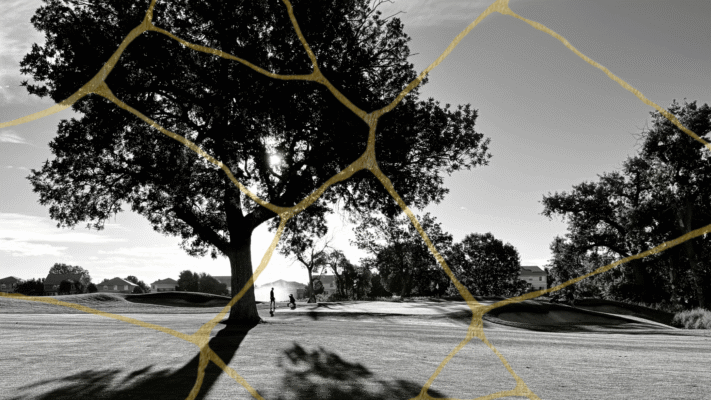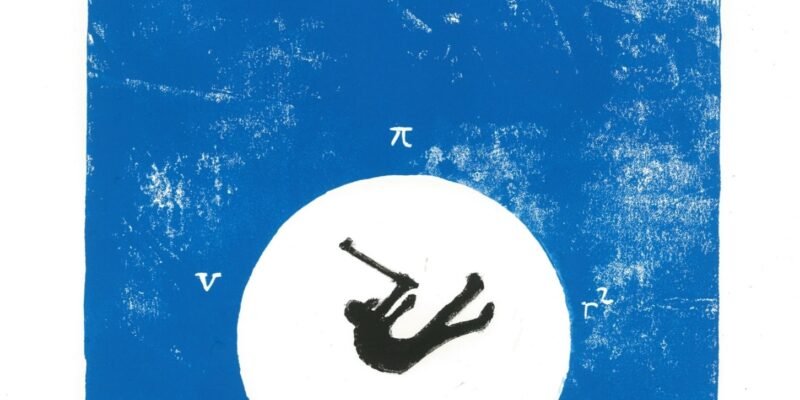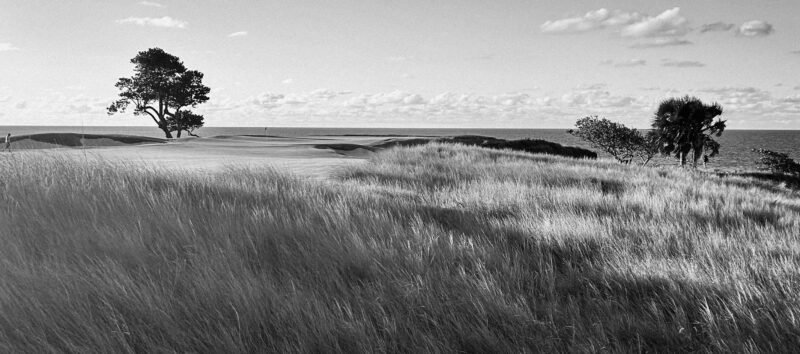Wiener Golf Club at Prater K.u.K. (1902–1939)
It was Count Michael Robert Althann who was chosen by his fellow golfers to approach Emperor Franz Joseph and negotiate a lease for a parcel of land to establish the first proper golf course in Austria.
However, the original idea came from British diplomat Andrew Percy Bennett — a skilled golfer and staff member at the British Embassy in Vienna. Along with his superior, Ambassador Sir Plunkett, he was eager to introduce golf to the imperial capital. Rather than creating a course exclusively for expats, they sought to involce members of the Austrian high aristocracy and business elite.

Count Althann successfully persuaded His Majesty of the value of a Viennese golf course — especially given that other imperial cities like Berlin and Paris, as well as resort towns such as Cannes, Baden-Baden, and St. Moritz, already had theirs. The Emperor approved the project, albeit with a dry remark: “What a boring sport that must be.” (Mitteleuropäische Golf-Revue, Vienna & Prague, August 1938)

The site in question — Imperial hunting grounds — was formerly used by the Empress for riding and occasionally served as a military training area. With the lease secured, the area was transformed into a 9-hole golf course.
The course was designed by none other than Willie Park Jr., two-time Open Champion (1887, 1889) and one of the most prominent golf course architects of the time. Some experts believe that 170 courses worldwide can be attributed to him.
Park brought with him his nephew, James Stagg, from Musselburgh, Scotland. Stagg became not only the club’s first professional but also Austria’s first golf pro.
The course officially opened in 1902, with Count Heinrich Larisch-Moennich serving as the club’s first president. At the time, membership stood at 75.

One small but intriguing detail of the original course: the flat, square greens were marked with stakes at each corner to prevent potential damage by the military. Soldiers using the grounds for training were instructed not to enter these staked-off areas, to protect the carefully maintained turf.
From the beginning, scorecards were issued, listing hole distances and names. The original nine were named:
- Avenue – 310 yards
- Main Avenue – 300 yards
- Edgewood – 246 yards
- The Bend – 300 yards
- Long Acres – 270 yards
- Crosslands – 180 yards
- Bellevue – 130 yards
- Dyke – 212 yards
- Home – 200 yards
In its early years, the club had no dedicated clubhouse. Members made use of a rented hunting lodge near the Meierei Krieau as a cloakroom and equipment storage.
By 1909, the club’s membership had grown to 87, and that same year the Krieau course hosted the International Austrian Championships—an important milestone in Austrian golf.

Around 1915, the City of Vienna began planning a central stadium near the course. Though delayed by World War I, the project resumed in the 1920s. By 1927, the golf course was under serious threat, and construction of the Praterstadion began in November 1928 under Mayor Karl Seitz. The stadium was completed between 1929 and 1931.
Just prior to the start of construction, the club managed to secure a long-term lease of the grounds to replace previous year-to-year agreements. This was a strategic move that allowed the redesign and expansion of the course, which lost six of its original holes to the stadium’s construction. Not only were these replaced, but the course was expanded to a full 18-hole layout.

French golf course architect Casimir Noskowski — featured in Depeche Golf #3 as one of four pioneering continental golf course architects — was commissioned to redesign the course. Alongside the new layout, a clubhouse was built between 1929 and 1930. This building served the club until 1938.
With the advent of World War II, golf operations ceased at the Krieau in 1938. During the post-war occupation, Russian soldiers repurposed the clubhouse as a horse stable. Local gardeners dismantled the remaining structure for building materials. What remained was demolished in 1945.
By 1931, the club boasted 379 members and employed four golf professionals: Harry G. Brown, Josef Petras, and assistants Otto Närr and Douglas Steiner.

In 1938, the Wiener Golf Club relocated to Lainz, taking over an existing course and clubhouse and rebranding itself as the Wiener Golf- und Land-Club E.V. The original Krieau site was formally vacated shortly after in 1939–40.
The club was re-established in 1949 and moved approximately two kilometres southeast to the grounds of the Freudenau horse racing track. There, a new 18-hole course was constructed — one that remains in operation to this day.
Any Questions & Answers regarding Vienna – please contact the author via history@depeche-golf.com
Christoph Meister
May 2025



